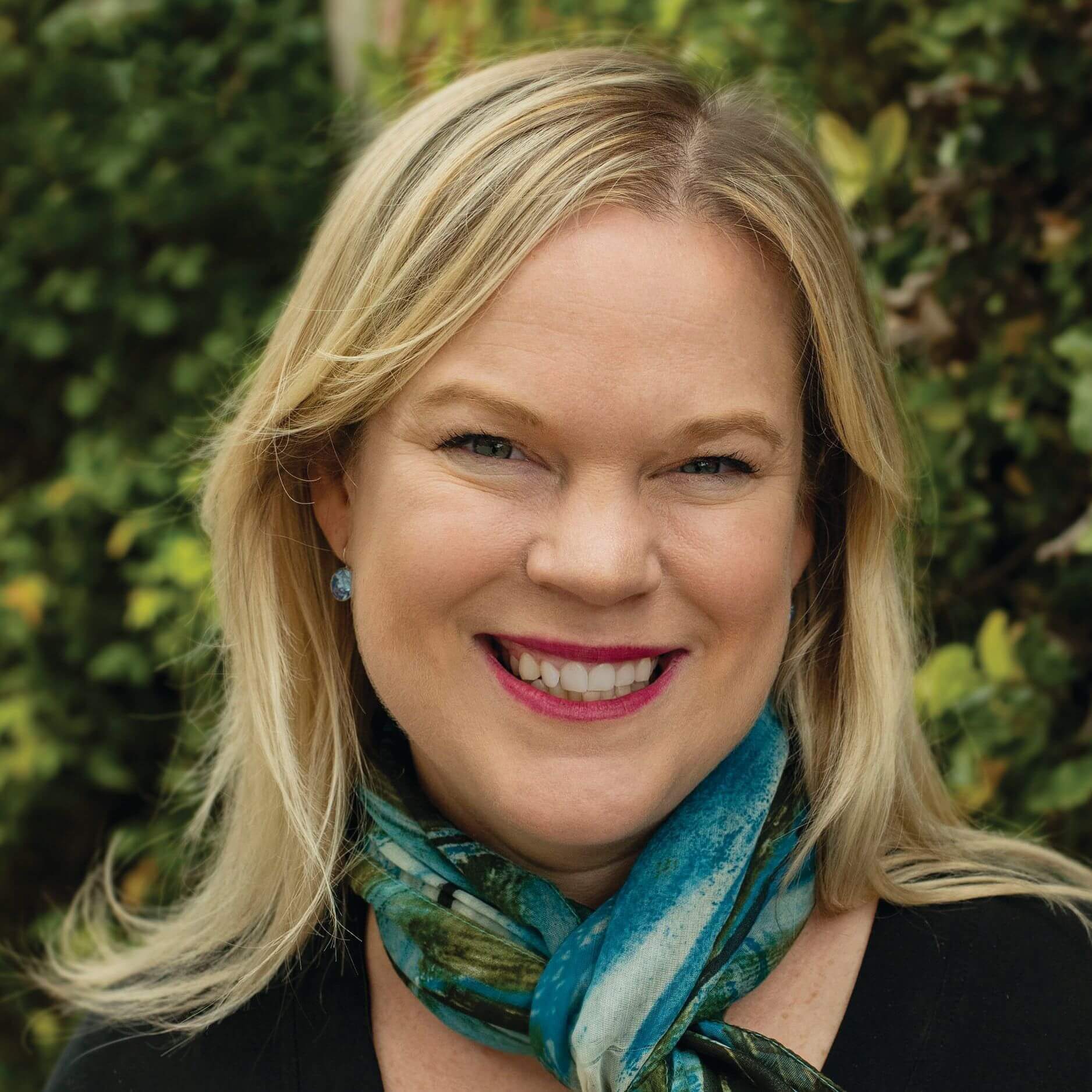Intellectual Property in Fashion

Protecting your brand never goes out of style.
In today’s article we are taking a look at intellectual property in the fashion industry. From mass market fast fashion to haute couture, IP has a critical role to play in keeping your in-vogue styles protected from head to toe.
We have put together a few useful considerations for those creating and working within the fashion industry so you can stay the hottest name on the runway.
Using your own name for a brand name
The most common type of IP used in the clothing and apparel space are trade marks. Trade marks establish who and where the goods are coming from. Think about interviewers on a red carpet: is it a fashion flex if other fashionistas don’t know who/what brand your customers are wearing?
Whether you’re a fashion designer starting out in the industry, or a well-established name, you should take time to understand who owns the rights to your name as a brand. While it is common to use your own name as your badge of origin for fashion labels, this can initially make it difficult to obtain a registered trade mark while you are making a name for yourself in the industry as the hottest new brand.
However, there are some exceptions to this rule.
For example, a personal name may be eligible for protection as a trade mark if it has already been used substantially and the applicant can prove that the public has come to associate said name with the source of the products, and as such has acquired distinctiveness.
A name may also be registrable if it is represented in an “unusual” manner, such as with the spelling changed so that the name is more distinctive, even if pronounced the same way.
In case you missed it, here’s an example of an IP dispute relating to a designer’s name: KATY PERRY HAS DESIGNS ON OUR KATIE’S TRADE MARK!
Registered Designs for garments or accessories
The clothing and accessories you’ve designed are meant to look good and different to all the other generic lines on the market so it’s wise to consider how you can protect those looks. That’s where a registered design can come in handy. A design registration provides protection for the unique visual aspects of a product. This means that others cannot copy the visual aspect of your product and profit from it.
If you have designed a garment with a new and distinctive appearance, it may be eligible for design protection – this includes things like the shape of an accessory or the print on a fabric.
Copyright and fashion
In a 2021 Australian Full Federal Court decision relating to State of Escape tote bags, Justice Davies noted that copyright law is drafted to “encourage design registration and to limit or remove copyright protection for artistic works which are applied to industrial products.”
Patent Protection
It’s important not to overlook patents in the clothing and fashion industry as they can provide powerful protection for your designs that provide a functional advantage. For example, you might have designed a bra that is extra comfortable or socks that never fall down through an innovative design. These types of innovations and their functionality can often be protected by patents.
Australian Fashion Trademark Certification
The Australian FashionTM signifies the demand for Australian design both locally and in other markets, but also conveys the Australian fashion ethos to the rest of the world.
If you own a brand that designs/produces clothing, accessories, or footwear that meets two of these criteria, it may be eligible for Australian Fashion trade mark certification:
- Australian made – At least 50% of goods made in Australia
- Australian owned – At least 75% Australian ownership
- Majority Australian employees – at least 75% based in Australia
- Australian tax domiciled – have tax paid primarily in Australia
The Australian Fashion Council has hopes for this trade mark to provide assurance to customers that Australian brands using it are held to a high standard, and to help Australian fashion brands gain reach, recognition, trust, and connections within the industry. Only brands certified by the Australian Fashion Council can use this trade mark for their goods.
While there are many benefits, there will be ongoing obligations associated with the use of the Australian FashionTM. For more information on the Australian Fashion Trade Mark and to begin the certification process, visit https://australianfashion.org/get-certified/
Key takeaways
Fashionable items and apparel often fall into one or more of the registrable IP categories and it’s important that you seek advice early before you take the products to market so that your IP team can formulate a strategy and make sure you’re protected before the copycats start popping up.
If you’re in the fashion industry and require advice on your intellectual property options, contact Michael Buck IP via our book a meeting form or call us on 07 3369 2226 to speak to an attorney.
Want more fashion related IP insights? Check out another blog we wrote about the Levi Strauss & Co. v. Hammies Company, 3:22-cv-07056 (N.D. Cal.). lawsuit.
Image by rawpixel.com on Freepik

